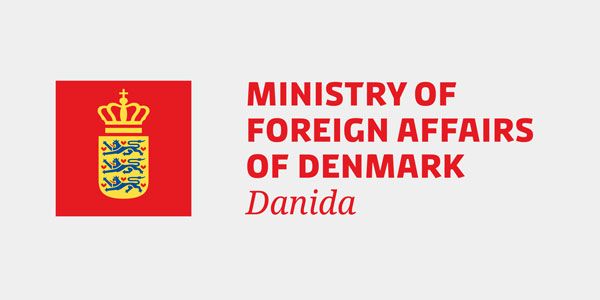When Russian forces entered Shyroke nearly three years ago, 43-year-old Natasha and her six-year-old son Yehor were unable to flee. Without a car, they stayed in their home, hoping to remain safe.
The first month passed quietly, but conditions worsened. For two months, they were trapped in what Natasha calls the “gray zone” between Russian and Ukrainian forces, with no access to food or water.
“It was hell,” she says. “I realized we had to flee to survive.”

On their second attempt, they succeeded, escaping westward and reaching a passing car.
“I had to shield Yehor with my own body,” recalls Natasha, a mother from Shyroke village in Ukraine. “I took him in my arms and ran across an open field. There was a lot of shooting — it was the longest kilometer of my life. We were easy targets, but we had no other choice.”
Back Home, Near the Frontline
Now back in Shyroke, Natasha and Yehor live close to the frontline, where rocket attacks are a constant threat. Natasha’s eldest son, a soldier, has been missing for over two years. She clings to the hope that he is alive, held captive by Russian forces.

“Yehor is my gift from God,” she says. “Without him, I’d go mad waiting for news about my son.”
The village of Shyroke itself bears many scars of the heavy battles that for months raged in the village. The school is only open in a few wings, and facades of nearly every home and institution in the village are broken.
Education as Hope
Yehor has recently started first grade, attending school for two mornings each week. Much of his education is still done at home, where he works on assignments.

“It’s not the same as being in a classroom,” Natasha says. “Children need to be with others, and not everyone has good enough internet for online learning.”
With to support from DCA-NCA and ADRA, the local school has reopened. A bomb shelter has been built, meeting government safety requirements and allowing children to attend classes.
For Natasha, Yehor’s education is a vital step toward rebuilding their lives. “School is where he can grow and dream of a better future,” she says.

About the project
Rebuilding schools and educational institutions in Mykolaiv, Ukraine, is essential since the war has severely damaged many of them, disrupting children’s education and well-being. Functional schools are vital for children’s learning and future prospects, as well as the country’s overall recovery. The rebuilding is done by completing light and medium repairs and reconstruction of social infrastructure and educational institutions, which are still damaged, allowing for a return to use of these institutions.
Furthermore, there are still very diverse needs for the war-affected population in Mykolaiv, located close to the frontline. To address this, we provide grants of 15,000 EUR to local initiatives. These grants offer flexible support to meet the specific needs of the community, ensuring that urgent issues are addressed. By supporting local projects, we empower the community to lead their own recovery and build a stronger, more resilient future.
The project is financed by Danida and implemented in partnership with Ukrainian Education Platform, ADRA Denmark, and ADRA Ukraine.


